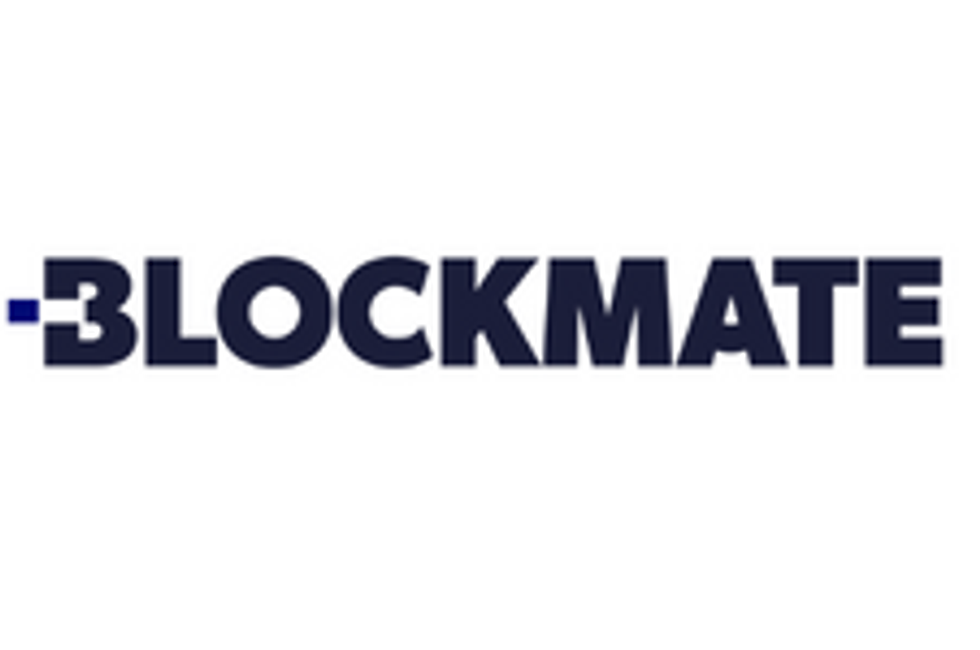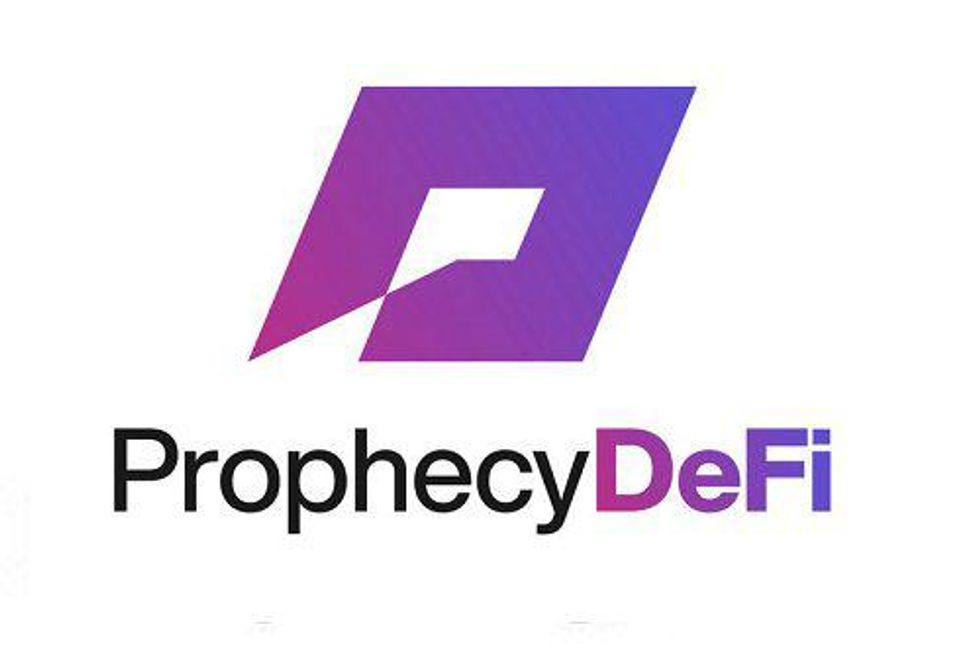Blockchain Forecast 2020: Execs Talk Regulation and Decentralization

In this blockchain forecast, senior execs say a number of key developments for usability, regulation and stablecoins will take shape in 2020.
Industry execs believe innovation in blockchain will continue to unfold at a steady clip in 2020.
Among key expectations from blockchain market participants are usability, regulation advancement and continued expansion into finance and related fields, to name a few.
Along with this, the upcoming bitcoin halving event in May is projected to cause bitcoin prices to spike as the cryptocurrency consequently becomes more scarce.
Looking ahead into next year, the Investing News Network (INN) spoke to key blockchain sector participants about their key projections going into 2020. Here’s what they had to say.
Blockchain forecast 2020: Decentralization changing competitive dynamics
Claude Waelchli, CEO of Tokenyz, said that the growth opportunities between blockchain and finance are still remarkable. “If you look at global asset markets, real estate, debt and equity, we’re roughly speaking at about US$600 trillion in potential,” he told INN.
This is centered around the notion that any asset could have the potential to be tokenized. Currently, several outdated pain points still exist within the financial system. These include regulatory requirements, know your client, transfer agents, trade settlement times and clearing establishments. Swift codes, for example — which are used to identify banks in a money transfer process — are still a primary system and they are 50 years old.
“The potential is there where we don’t have to rely so much anymore on institutions to carry out this function,” said Waelchli. Blockchain has the potential to significantly diminish these roadblocks through smart contracts. “You’re not restricted to trading hours and not relying on the financial institutions as intermediaries, because the trust element is solved by the blockchain.”
Consequently, monopolization could decrease. “I think that as things become more decentralized, the whole competitive dynamic changes there. Pricing will get more attractive, prices will fall.”
Similarly, Keith Moore, CEO of Boustead Securities, said that this technology can be applied to bringing companies public. Boustead Securities, based in Irvine, California, operates as an advisor, underwriter and placement agent for companies with market caps under US$1 billion. Moore is applying new technology to make the underwriting process more efficient.
“We’re trying to push the envelope in that regard, because we believe that the process of raising capital is very expensive, much more expensive than it needs to be,” Moore told INN. “We think, ultimately, it can be done more efficiently and less costly.”
Selling commissions is a major component of the broker-dealer process, he added. “When you look at the cost of running a broker dealer, the largest-cost item is typically the selling commission.”
Moore expects that the underwriting business will follow a similar pattern to online securities trading.
“Just like with all the current news around zero cost trades, the same thing is going to happen with regards to what we do in the industry,” Moore said. “The costs are going to come down because ultimately, people or investors in particular, are able to access products in different ways.”
Blockchain forecast 2020: Regulation seen advancing
2019 witnessed slow advancements in cryptocurrency regulation, but signaled progress is to come.
“(US regulators) are slowly getting more comfortable and have really started to move now. I wouldn’t be surprised to see further advancements in 2020,” said Waelchli.
This was evidenced by the approval of a blockchain settlement platform, Paxos Settlement Service, in October. Paxos operates a system in which securities can be settled on a blockchain.
Among the early adopters of the platform are Credit Suisse (NYSE:CS) and Societe Generale (EPA:GLE). “We believe the process of securities settlement can be greatly optimized using blockchain, and with Paxos Settlement Service we will benefit from these efficiencies first hand,” Emmanuel Aidoo, head of digital asset markets at Credit Suisse, said in a press release.
According to Paxos, this is the first time in nearly 50 years that US securities will settle apart from a traditional settlement system.
Blockchain forecast 2020: Usability to be paramount
While blockchain promises a number of game-changing features, David Gold, CEO of FIO Protocol, stressed that usability will be central to its adoption and growth trajectory into 2020.
“In my opinion, the single most important catalyst will be usability; for all the tech that’s being developed, it will amount to nothing if no one can use it,” Gold told INN. “It doesn’t matter if you can process a billion transactions per second if the everyman struggles to send or receive funds.”
Advanced Blockchain, based in Berlin, Germany, secured a key corporate partner in 2019 for its blockchain platform. Advanced Blockchain builds both the protocol and interface for blockchain applications.
“It was imperative that we work with an industry leader interested in actually using blockchain technology for the incredible improvements it can provide, and not just for headlines,” Max Thake, co-founder of Advanced Blockchain, told INN. The platform is set to become public in 2020.
Gold compared blockchain’s current phase with the internet in 1995, citing the inherent business successes and failures that will likely take place. “Many will not survive, and there will be a lot of ups and downs in the coming years, but the product will be a wide ecosystem of battle-tested protocols that will serve as the foundation for whatever technology comes next,” said Gold.
Overhanging this progress will be the development of protocols — the consensus methods that validate a transaction within a given network that leverages blockchain technology. FIO Protocol enables the decentralized interoperability of crypto wallets.
“We need protocols that abstract away the complexities of blockchain transactions; layers that sit atop a multitude of chains with the sole purpose of improving the transaction workflow for users, with features that resemble those in existing payment processors (albeit in a decentralized setting),” said Gold.
Similarly, Wayne Chen, CEO of Interlapse Technologies (TSXV:INLA), said the goal of his company is to make bitcoin more useful for users.
In 2019, Interlapse Technologies became a public entity, launching its virtual currency platform Coincurve. Since going public in May, the platform has continued to grow in transaction volume as it expands into Asia and international markets.
“We focused on the right area of the market and I think that worked to our advantage as well,” said Chen. Ultimately, the platform aims to make it easier for individuals to buy and spend with digital assets such as bitcoin and bitcoin cash.
Blockchain forecast 2020: Bitcoin halving in May
With the next bitcoin halving taking place in May, Chen anticipates that the price of bitcoin will spike. “Every time bitcoin halves, if you look at the historic charts, usually what happens is bitcoin jumps in price,” said Chen. “Typically, economically, that’s how it’s supposed to work.”
A bitcoin halving event is when miners receive half of the reward for validating a given transaction. The reward will drop from 12.5 bitcoins to 6.5 bitcoins following the event. There is a finite supply of bitcoin in the world, with only 21 million that will ever be mined.
“I think that’s going to be a good thing to drive up the market. Essentially, bitcoins are even more scarce now, so it makes them more valuable,” said Chen. Six months after the last bitcoin halving in July 2016, bitcoin underwent its inaugural parabolic ascent.
Blockchain forecast 2020: Stablecoins to advance
The Facebook (NASDAQ:FB) Libra announcement in June redefined the notion of stablecoins, and Joonas Karppinen, head of trading at Infinigold, told INN that he expects to see more advancements in stablecoins next year.
“While the early players have been private entities, it’s clear that the next wave of issuers will be nation states. Backing a digital currency with fiat or hard assets will be a catalyst for widespread adoption.”
As the concept gains a foothold, and as governmental interest from China increases, Karppinen sees stablecoins offering a hedge against market volatility.
“I think we’ll see this idea evolve further in 2020, especially with the numerous attempts to create gold-backed coins to capture some of that market share,” said Karppinen. “These provide a unique alternative to US dollar-backed stablecoins with superior transparency, credit quality, risk diversification and hedging against market volatility.”
Blockchain forecast 2020: Investor takeaway
Underpinning advances in blockchain technology over the next year will be continued innovation. To gain a stronger foothold, Jeff Koyen, CEO of Codebase Ventures (CSE:CODE), stressed the importance of personal research.
“Cutting-edge technology can be intimidating, but if you want to invest in this space, become proficient. Look at what the name-brand labs are building — IBM (NYSE:IBM), SAP (NYSE:SAP), HP (NYSE:HPE). Then consider what they’re not building,” said Koyen.
As blockchain continues along its trajectory, Koyen added that it is currently in the acquisition phase, enlisting investor inquiry. “Where are the white spaces? Where are the missing pieces to their puzzles? Blockchain is entering its acquisition period when the big players will buy and integrate smaller innovators. Look for those acquisition targets — and get in early,” he said.
Don’t forget to follow us @INN_Technology for real-time news updates!
Securities Disclosure: I, Dorothy Neufeld, hold no direct investment interest in any company mentioned in this article.
Editorial Disclosure: The Investing News Network does not guarantee the accuracy or thoroughness of the information reported in the interviews it conducts. The opinions expressed in these interviews do not reflect the opinions of the Investing News Network and do not constitute investment advice. All readers are encouraged to perform their own due diligence.


